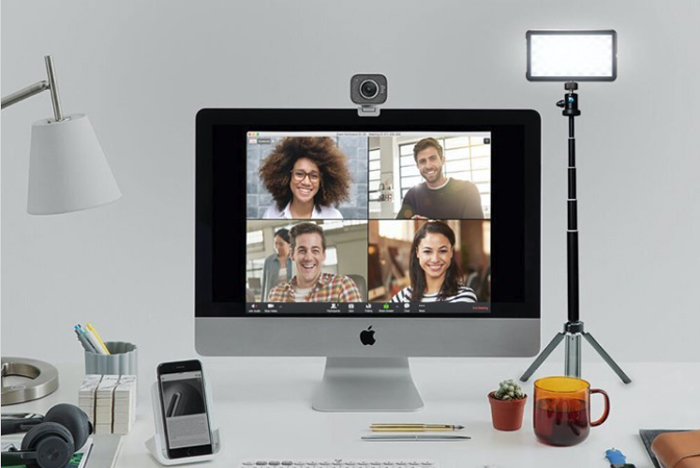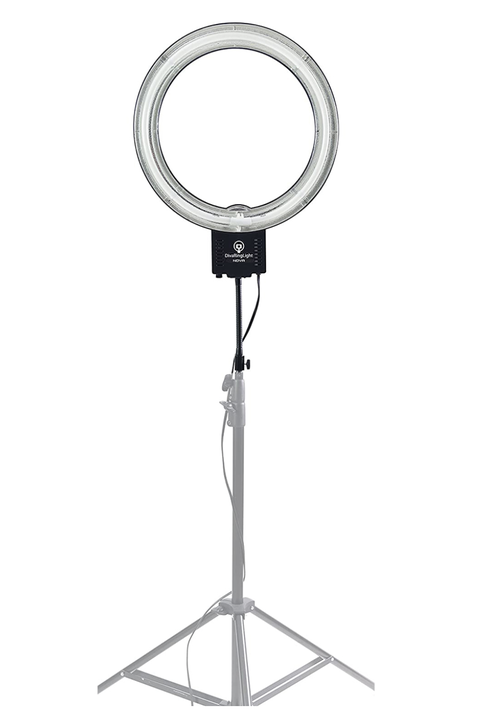

If shadows on the wall are sharp, you might need to dampen the light a bit. Natural light is great, Castro said, unless it’s too strong. Dreyfus says to take your Zoom calls near a north-facing window, if possible.

If you’re mixing it with daylight, he said, it should be closer to 6000k. Dreyfus said that if you’re buying an LED bulb and you want warm light, you want the color temperature to be about 2700k. If they’re in the same room, they should be giving you the same kind of light. Castro said overhead lighting is not good for anybody, and that “it’s always about lamps.” Natural light through windows works, too. Handout (custom credit)/HandoutĪccording to Castro and Dreyfus, who offered their advice separately, here are the rules:

Users should go to the Share Screen option and select their slides from the Advanced option.Cinematographer Katherine Castro on set. Users can also adjust their video size and position on the presentation. This means users can have their presentations as a virtual background like in the case of a weathercaster, as Zoom puts it. Zoom has brought in the option to overlay a users video on a presentation. Video overlay for presentations: Users can now give presentations by placing or layering their live video alongside a presentation. Users have to go to Video Settings > Audio > Suppress background Noise to use this feature. To share background music users can set the settings as low, and for presentations, they can set the suppression settings as high. Users will have the option of keeping the noise suppression settings high or low as per their convenience. It helps users have seamless video calling experiences by helping them significantly suppress the noise in the background. Suppress Background Noise: Another important feature that can now be accessed on Zoom is the Suppress Background Noise feature.


 0 kommentar(er)
0 kommentar(er)
